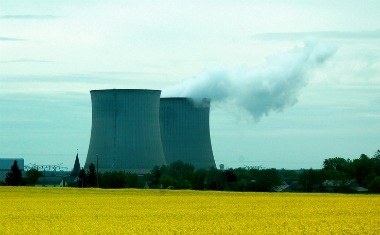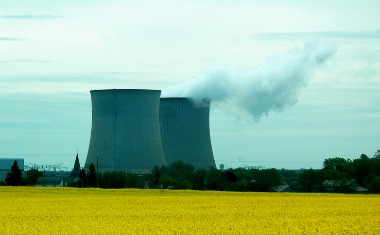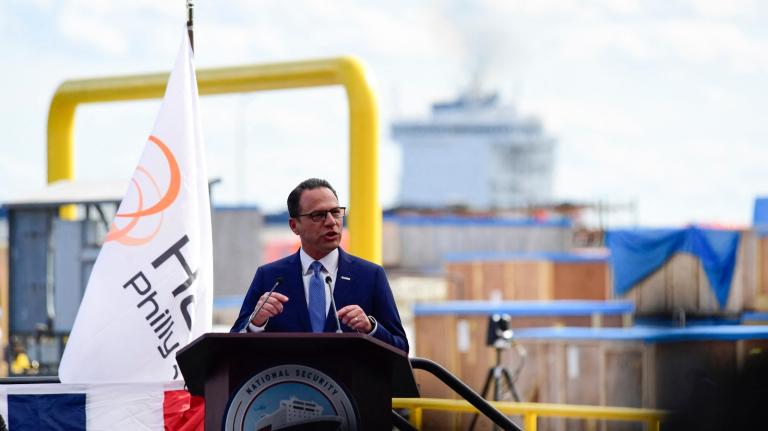 Even in France, nuclear power isn’t perfect.Photo: Gretchen MahanThis post is coauthored by Cutler Cleveland, Bruce Cooperstein, and Ida Kubiszewski. It’s a condensed version of an article in the April issue of the Solutions journal, based at the Institute for Sustainable Solutions at Portland State University.
Even in France, nuclear power isn’t perfect.Photo: Gretchen MahanThis post is coauthored by Cutler Cleveland, Bruce Cooperstein, and Ida Kubiszewski. It’s a condensed version of an article in the April issue of the Solutions journal, based at the Institute for Sustainable Solutions at Portland State University.
As the Japanese nuclear disaster shows, the cleanup costs after a nuclear meltdown are borne in large part by governments and taxpayers rather than the industry.
Paying for cleanup is just one of many hidden costs of nuclear energy that make it difficult to judge the value of nuclear power. Many countries, including the United States, are rushing to build a new generation of nuclear power plants to reduce carbon emissions. But the disaster in Japan should force us to take into account the full costs of nuclear power, including climate impacts, the risk of accidents, and the safe disposal of waste.
The industry argues that nuclear power has a good safety record and that new plant designs, so-called Generation III reactors, have enhanced safety features compared to the 1970s-era Generation II designs like those at Japan’s Fukushima Daiichi facility. The number of people killed or injured globally from the nuclear energy system is far smaller than the number killed or injured, for example, producing energy from coal or even hydropower. France generates about 75 percent of its electricity from nuclear power and has been running nuclear power plants for decades with no major incidents.
But the Japan plant disaster demonstrates that even with all the precautions taken and multiple redundancies to guard against disaster, unforeseen problems can occur that have long-term economic and ecological consequences. For example, the Chernobyl nuclear power plant is now encased in a huge sarcophagus that must be maintained for hundreds of years to prevent radiation leakage. A 1,000-square-mile area around the plant will remain off-limits for a similar amount of time.
In addition, the long-term waste disposal problem has yet to be solved for nuclear power. The proposed storage facility at Yucca Mountain in Nevada was rejected by President Obama, partly on the grounds that it could only guarantee radioactive material wouldn’t leak after 10,000 years of storage, far short of the Environmental Protection Agency’s minimum safety requirement of 1 million years.
Here are three recommendations to help society make more informed cost-benefit decisions:
- Eliminate government subsidies for nuclear power, which reduce the private cost of capital for new reactors while shifting the long-term costs — and risks — from investors to the public.
- Require nuclear plant owners to buy full-coverage insurance. That would mean repealing the Price-Anderson Act, which limits liability for nuclear accidents to $12.6 billion. That’s not nearly enough — consider that the damage and cleanup estimates of the 2010 Gulf of Mexico oil spill are $34 billion to $670 billion, and the Fukushima disaster could far exceed those costs.
- Require plant owners to also maintain an assurance bond adequate to cover decommissioning and waste disposal costs. This approach is often used for mining operations to ensure that the mines are properly reclaimed. In most countries, there are some funds set aside for nuclear plant decommissioning and waste disposal, but it typically isn’t nearly enough to cover the real costs.
How much these steps would increase the price of electricity generated from nuclear plants would depend on the design of the plant, its location, how it is operated, how old it is, and other factors. But it would give society a better picture of the true costs of nuclear power and would make for a more accurate comparison of nuclear energy with other energy sources.



